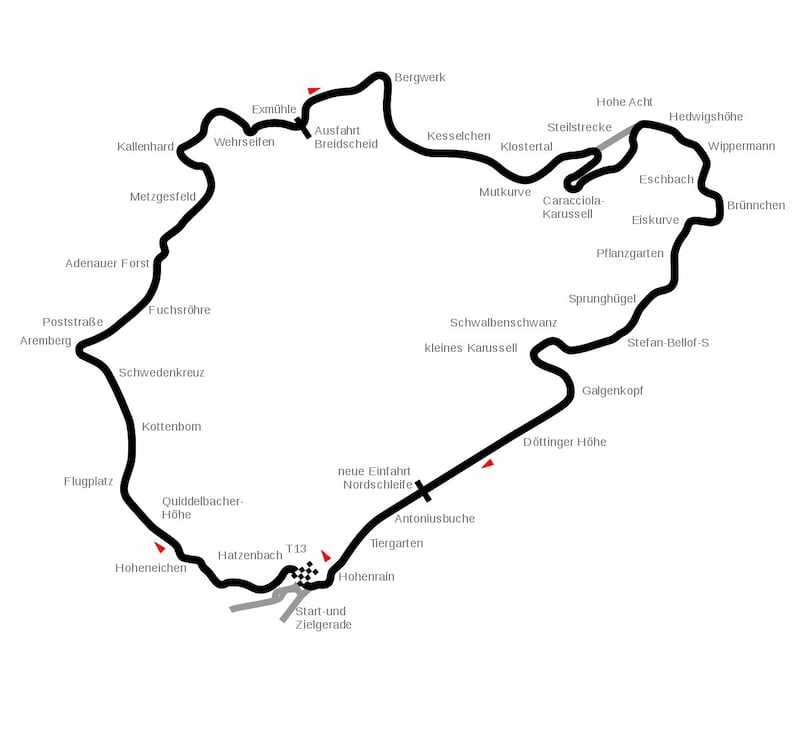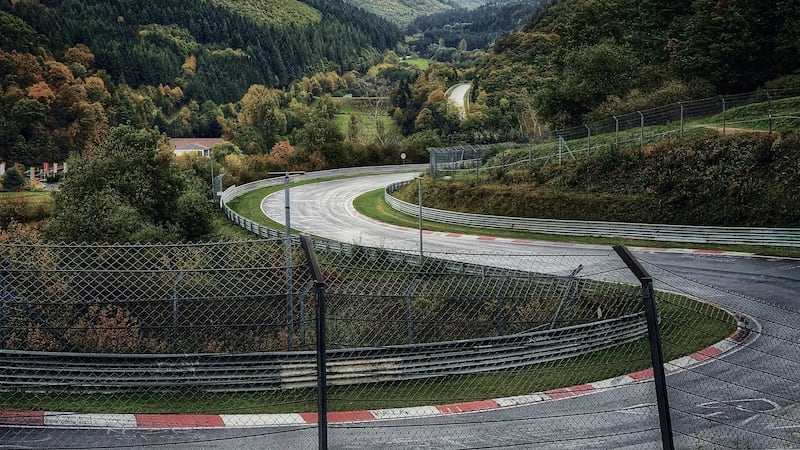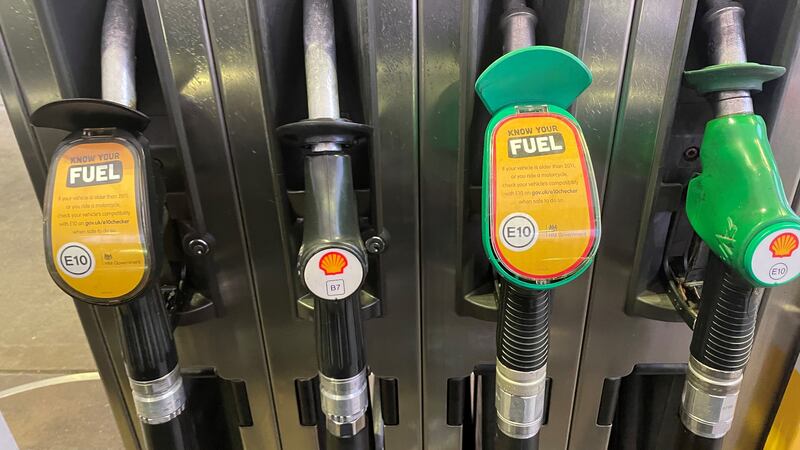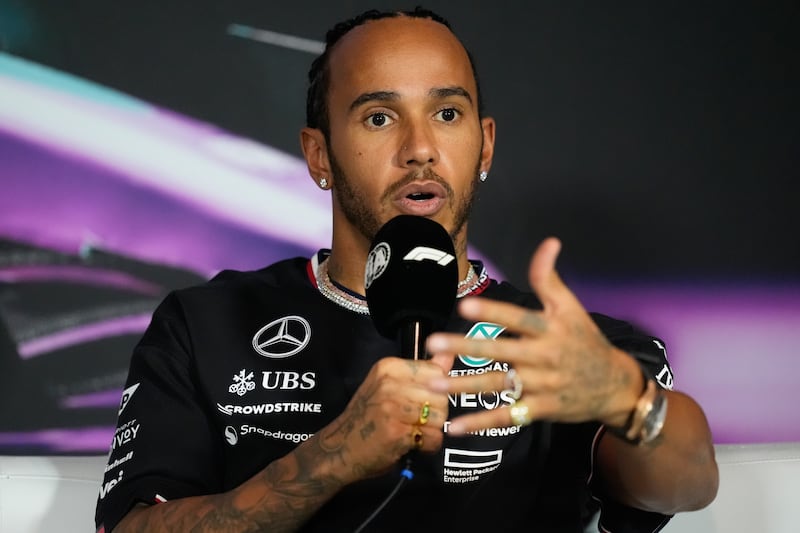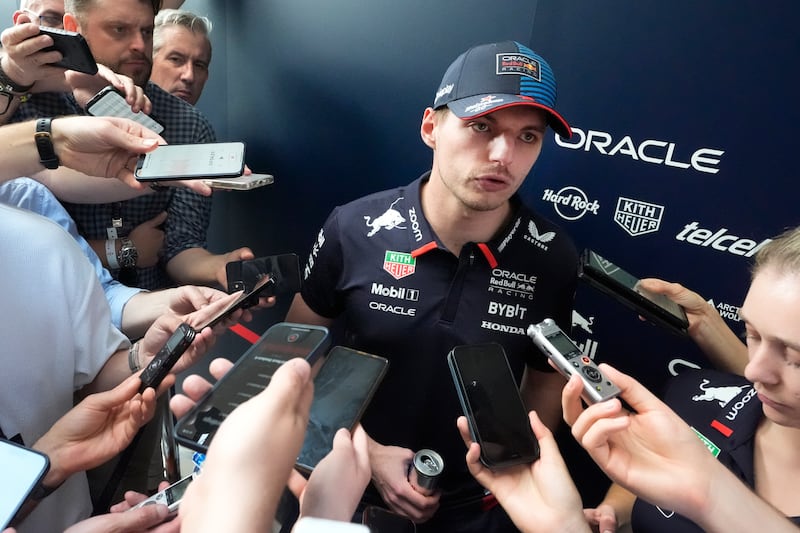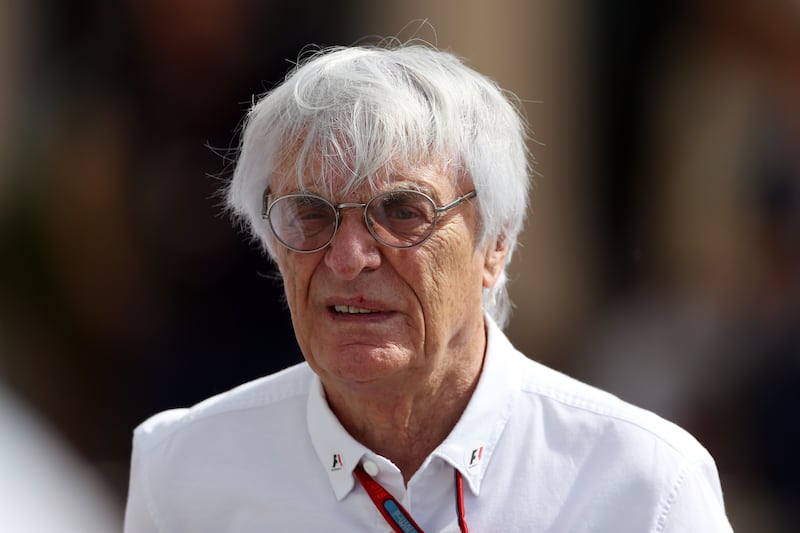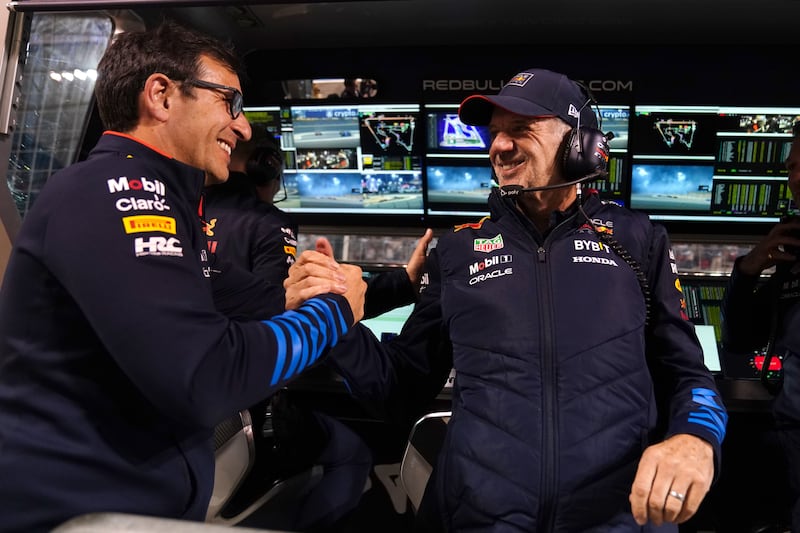The 14.1-mile Nürburgring Nordschleife which cascades through the forests of the Eifel mountains in western Germany hasn't hosted a round of the F1 calendar since 1976 and the inferno which engulfed the reigning world champion Niki Lauda in a crash so severe he was given the Last Rites (in an extraordinary display of resilience, bravery and determination, Lauda was back in his Ferrari just six weeks later after missing two races and was only narrowly pipped to that year's title by James Hunt; the Austrian won the 1977 and 1984 championships).
There have been safety upgrades since then, but the Nordschleife has also become a darling of the PlayStation generation, featuring in games like Gran Turismo and Forza.
Meanwhile, IRL manufacturers pound new models around the track and chase various fastest lap records as validation of how quick their new production car is. The circuit has become a benchmark of how effectively a sports car will perform in the 'real world' because a lap includes just about every type of corner, dip, hill, braking zone and straight imaginable. If your car drives well at the Nürburgring, it'll drive well anywhere, goes the logic.
For racing drivers and petrolheads, there's also the allure of following in the tyre tracks of some of the sport's most legendary performances - Juan Manuel Fangio in 1957, Jackie Stewart in 1968 - while breathing in the danger that lurks at every switchback and blind bend. It's an awesome challenge.
Today, you can turn up in your road car, hand over some Euros and drive the track yourself (what could possibly go wrong…?). As far as competition is concerned, the Nordschliefe is a regular venue for touring car races, including a celebrated 24-hour event. But fast as modern GT3 racing cars are, they still aren't close to a contemporary F1 racer.
The circuit last hosted an F1 car 10 years ago, when Michael Schumacher performed a demonstration lap in a 2011 Mercedes W02.
Read more: Red Bull and Sebastian Vettel bring F1 back to the Nürburgring Nordschleife
Read more: Niki Lauda was a true legend on track and in the air
Read more: What cars do the top F1 drivers have in their garages?
Read more: Your chance to drive la dolce vita and bring a genuine Italian classic home
Work on the circuit began in 1925 with the first races held two years later. There were two main parts: the long Nordschliefe northern loop and a shorter 4.8-mile southern Sudschleife loop. In the early days, the two sections formed one, incredibly challenging 17.6-mile whole, with 174 bends on a road measuring an average of 9 metres wide.
The Nordschleife was used on its own from the 1930s; Grand Prix racing returned in 1951. That ended in 1976 with Lauda's near-fatal accident. A new circuit to host F1 racing at Nürburgring was completed in 1984, and built largely on the site of the Sudschleife.
Yet, despite continuing to host F1 races, it remains in the shadow of the reputation of the 'real' Nürburgring, the Green Hell of the Nordschleife.
